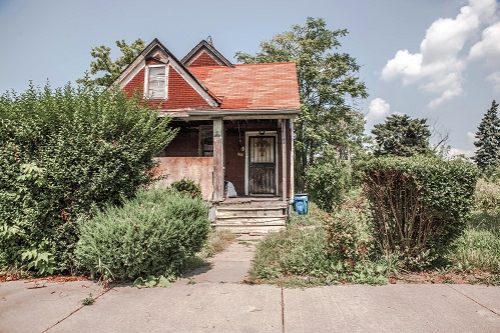How to read your home insurance policy
Your home insurance policy is a multi-page document divided into several sections. It starts with the declarations page and then has multiple pages of detailed information.
Most people don’t get past the declarations page, but the following pages contain important information. Although it may look intimidating, the law requires that insurance policies be written in language that the insured (usually not an insurance expert) can understand.
Read your policy one section at a time. As you read through the exclusions and coverage details, take note of anything you don’t understand so that you can review those questions with your agent or a company representative later.
What is a home insurance declarations page?
The declarations page is the front page of your homeowners insurance policy. It provides an overview of your policy and contains:
- The address of the home
- The names of the insured
- The agent or insurance company
- What's covered, the limits of coverage, and your deductible(s)
- The start and end dates of the coverage
What to look for in your homeowners insurance policy documents
As you read through your policy, there are a few important things to look for.
Policy changes. On renewal, you will see a page that lists policy changes for the coming year. It outlines everything that’s changed in any section of the policy since last year. This is the main thing to read when you get your renewal; you probably don’t need to re-read the entire policy every year if you check out this page.
Coverage amounts and how things are valued. Your dwelling coverage should be for the home’s replacement cost, not the market value. For personal property, look for replacement cost vs. actual cash value.
“Actual cash value (ACV) is the standard method of valuing personal property (ie., household contents.) But, ACV coverage only pays about 20%-25% on the replacement cost dollar. So, if it would cost you $100,000 to replace the contents of your home, on ACV coverage you would collect $20,000 - $25,000 instead,” Wells says. “Insurance on the dwelling structure needs to be on a replacement cost basis and not a purchase price basis,” she says.
The premium breakdown. While the declarations page shows you the total premium, you’ll find a page further into the policy that breaks down all charges. It will list what you’re paying for each section of your coverage, any fees that are added to the policy and any discounts you’re receiving.
The policy conditions. This section outlines the rules by which the policy contract abides. It will list the allowable reasons for nonrenewal or cancellation of the policy by the insurance company.
Coverage details and exclusions. The exclusions are the big thing to read here, as it will tell you everything specifically not covered by your policy, broken down by coverage section. You’ll also find here details about the conditions of each coverage, including your duties after a loss.
“Earthquake and flood are the two most common perils for which people don’t have coverage. Those two causes of loss are not covered in standard homeowner forms. If you live near a major earthquake faultline, you especially need to ask for earthquake coverage. If you live where it floods, you need to ask for separate flood insurance,” Wells says.
How do I find my homeowners insurance policy?
Your insurance company should send you a copy of your policy at every renewal. If you don’t have it or know where you put it, most insurance companies also provide access to your policy documents online; just log into your account and look for policy documents.
If you’re still having trouble finding it, call your agent or insurance company for help.
Tips for understanding your homeowners policy
Here are a few tips to help make reading, understanding and using your policy easier.
- Know the terms. For many people, the hardest thing to understand about a home insurance policy is the terminology. While insurance companies have to make the policy easy to read, there are still many industry terms. Keep a glossary of insurance terms handy or search for the definitions as you read.
- Ask questions. If you have an insurance agent, plan an annual meeting to review your policy and get any questions answered. If you prefer direct buy, get someone from your insurance company on the phone to clarify anything you don’t understand. You have the right to understand how your coverage works.
- Don’t wait for a claim. Many people don’t worry about what’s in their home insurance policy until they file a claim. But once a loss has occurred, it’s too late to make necessary changes, and you may be underinsured. Take the time to read and understand your policy when it’s first issued.





